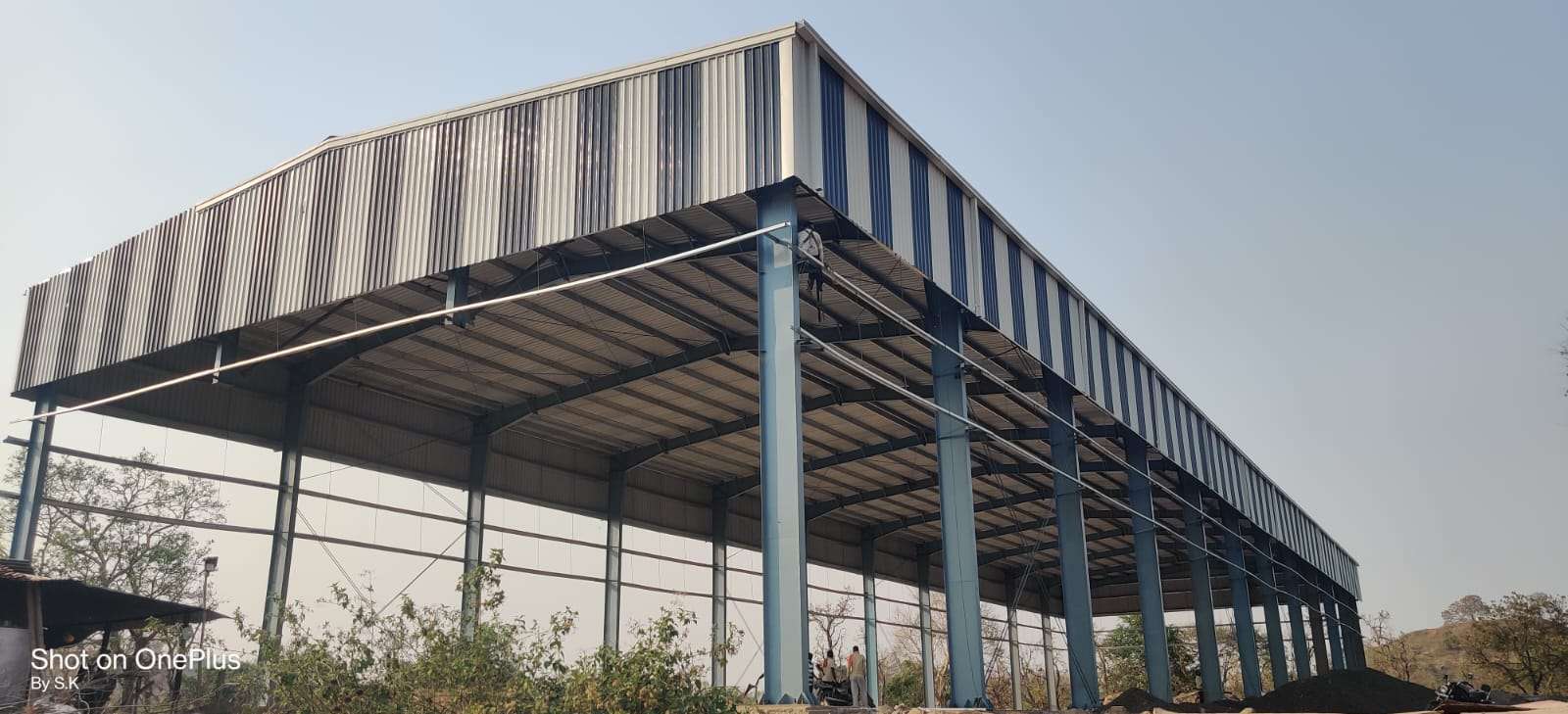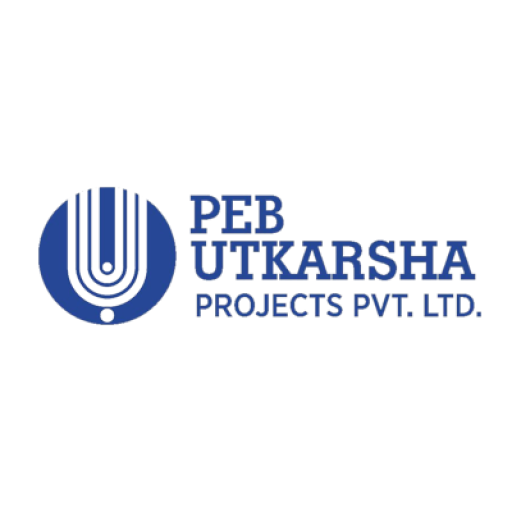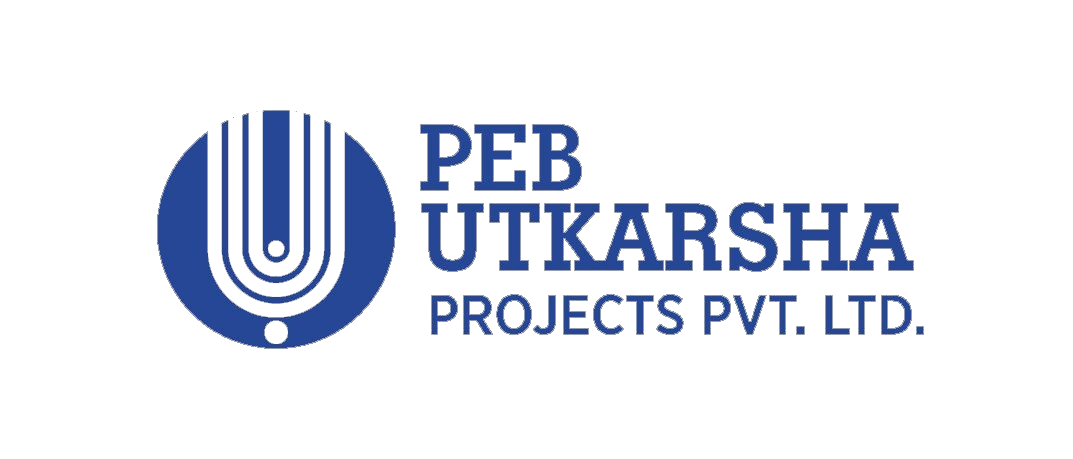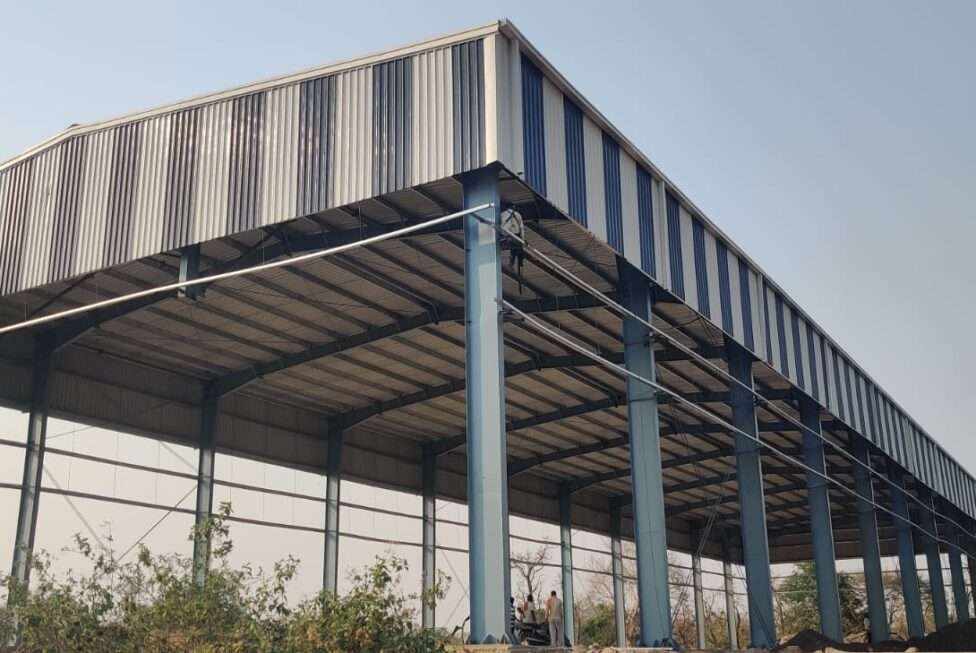India’s economic engine is firing on all cylinders, driven by explosive growth in manufacturing, e-commerce, and logistics. This boom has created an unprecedented demand for modern, efficient warehousing space. As businesses race to keep up with consumer expectations and supply chain complexities, traditional construction methods are proving too slow and rigid. The solution lies in a smarter, more agile approach. The Future of Warehousing in India with PEB is not just a concept; it’s a reality being built today with Pre-Engineered Buildings. These structures offer the speed, scalability, and cost-efficiency needed to power the next phase of India’s industrial growth. For companies looking to gain a competitive edge, understanding and adopting PEB technology is no longer an option—it is a strategic necessity for creating robust and future-ready industrial storage solutions.

Table of Contents
- Warehousing Growth in India: Current Scenario
- Challenges in Conventional Warehousing
- Why PEB is the Game-Changer
- Key Features of Modern PEB Warehouses
- Benefits for E-commerce & Manufacturing Sectors
- Case Examples & Global Parallels
- Future Trends to Watch in Indian Warehousing
- Why Partner with PEB Utkarsha
- Key Takeaways
- FAQ
Warehousing Growth in India: Current Scenario for The Future of Warehousing in India with PEB
The demand for warehousing in India is surging. The e-commerce market alone is projected to grow significantly, fueling the need for fulfillment centers closer to urban populations. Simultaneously, government initiatives like “Make in India” are boosting the manufacturing sector, which requires vast spaces for raw materials and finished goods.
This growth is creating a demand for an estimated 300 million square feet of additional warehousing space over the next few years. Logistics companies, 3PL providers, and manufacturers are all scrambling to find facilities that are not just large, but also smart, efficient, and strategically located. This massive demand highlights the urgent need for rapid and reliable construction methods.
Challenges in Conventional Warehousing
Traditional construction, using brick-and-mortar or reinforced cement concrete (RCC), has long been the standard. However, it presents several significant hurdles in today’s fast-moving market:
- Time Delays: Conventional projects can take 12-18 months or more, a timeline that can’t keep pace with market demand.
- High Costs: Fluctuating material prices, extensive labor requirements, and long project durations lead to higher initial investments and budget overruns.
- Scalability Issues: Expanding a traditional warehouse is a complex, disruptive, and expensive process.
- Design Limitations: The need for numerous support columns restricts usable floor space and hinders the movement of goods and machinery.
- Land Use Inefficiency: The structural requirements of conventional buildings often lead to a less optimal use of available land.
Traditional Warehouses vs. PEB Warehouses: A Comparison
Feature | Traditional (RCC) Warehouses | PEB Warehouses |
|---|---|---|
Construction Time | 12-18 months | 4-6 months |
Cost-Efficiency | Higher initial cost, budget overruns common | Up to 30% lower cost, fixed budgets |
Design Flexibility | Limited, interior columns required | High, clear spans up to 90 meters |
Scalability | Difficult and expensive to expand | Easy to dismantle and expand |
Durability | Strong but susceptible to seismic issues | Excellent resistance to wind and seismic forces |
Environmental Impact | High waste, high carbon footprint | Low waste, recyclable materials (steel) |
Why PEB is the Game-Changer for Warehousing
Pre-Engineered Building (PEB) technology addresses the shortcomings of conventional construction head-on, making it the ideal solution for modern warehousing needs. PEBs are designed and fabricated off-site in a controlled factory environment before being shipped to the location for assembly. This process delivers unmatched advantages.
- Speed: PEB warehouses can be erected in a fraction of the time—often 50% faster than traditional buildings. This allows businesses to become operational sooner and start generating revenue faster.
- Cost-Efficiency: With optimized material use, reduced labor, and faster project timelines, PEB construction can lower overall project costs by up to 30%.
- Durability: Made from high-strength steel, pre-engineered building warehouses are engineered to withstand harsh weather conditions, including high winds and seismic activity, ensuring the safety of goods and personnel.
- Design Flexibility: PEBs offer vast, column-free interiors, which are essential for efficient racking, material handling, and automation. They can be customized to any size and specification.
- Eco-Friendly Construction: PEB manufacturing produces minimal waste. Steel, the primary material, is highly recyclable, making it a more sustainable choice for green-conscious businesses.
Key Features of Modern PEB Warehouses
Modern PEB warehouses are more than just sheds; they are sophisticated industrial assets designed for peak performance.
- Wide, Clear Spans: PEBs can achieve clear spans of up to 90 meters without any internal support columns. This maximizes usable floor space, allowing for flexible layout designs and unobstructed movement for forklifts and automated systems.
- Energy Efficiency: These structures can be easily fitted with insulated panels for roofs and walls, skylights for natural lighting, and ventilation systems like louvers and ridge vents. This reduces operational costs for lighting and temperature control.
- Automation Readiness: The column-free design and high ceilings of PEB warehouses are perfect for integrating modern automation, including Automated Storage and Retrieval Systems (AS/RS), robotic arms, and conveyor belts.
- Low Maintenance: Built with high-quality, pre-painted steel, PEB structures are resistant to corrosion and require minimal upkeep over their lifespan.
Benefits for E-commerce & Manufacturing Sectors
For the e-commerce and manufacturing industries, where speed and efficiency are paramount, PEB warehouses offer a distinct competitive advantage.
In e-commerce warehousing in India, quick turnaround times are crucial. A PEB warehouse allows a company to go from groundbreaking to fully operational in months, not years. The clear-span interiors facilitate efficient order picking and packing workflows, helping businesses meet next-day delivery promises.
For manufacturing, PEBs provide the flexibility to house large machinery and complex assembly lines. As production needs grow, the warehouse can be easily and quickly expanded without significant disruption to ongoing operations. This agility results in a higher return on investment and a supply chain that can adapt to market changes.
Key Benefits of PEB Warehouses
- [✓] Faster Construction & Quicker Market Entry
- [✓] Significant Cost Savings on Construction & Operations
- [✓] Maximized Interior Space with Column-Free Designs
- [✓] Superior Structural Strength & Durability
- [✓] Future-Proof Scalability for Easy Expansion
- [✓] Lower Environmental Footprint
Case Examples & Global Parallels
Globally, PEB technology is the standard for large-scale industrial facilities. Major international brands like Amazon and DHL rely almost exclusively on PEB structures for their massive fulfillment and distribution centers due to their speed of deployment and operational efficiency. In India, leading companies in the automotive, retail, and logistics sectors are rapidly adopting this technology. Projects across major industrial corridors showcase the successful implementation of cost-effective warehouses that were built in record time, enabling businesses to scale their operations efficiently.
Future Trends to Watch in Indian Warehousing
The Future of Warehousing in India with PEB will be even more sophisticated. PEB structures are uniquely positioned to support these emerging trends:
- Advanced Automation: The integration of AI-powered robots and IoT sensors for inventory management will become standard. PEBs provide the open, adaptable space required for these systems.
- Cold Storage Facilities: With the growth of grocery and pharmaceutical e-commerce, the demand for temperature-controlled PEB warehouses is rising.
- Green Warehouses: Sustainability will drive design, with features like solar panel-ready roofs, rainwater harvesting systems, and energy-efficient materials becoming integral—all easily incorporated into PEB designs.
- Multi-Level Warehousing: In urban areas where land is scarce, vertical, multi-story PEB warehouses will become more common to maximize storage density.
Why Partner with PEB Utkarsha
Choosing the right construction partner is as critical as choosing the right technology. PEB Utkarsha stands at the forefront of the PEB revolution in India, delivering world-class industrial storage solutions tailored to the unique needs of each client.
With a proven track record of successful projects and a deep understanding of the Indian industrial landscape, our team brings expertise and innovation to every build. We manage the entire process, from design and fabrication to erection, ensuring quality, safety, and on-time delivery. Our commitment is to build not just structures, but long-term partnerships that help your business thrive. Explore our custom warehousing solutions to see how we can help you build for the future.
Partner with PEB Utkarsha to design your future-ready warehouse. Contact us today for a consultation.
Key Takeaways
- The demand for warehousing in India is booming, and traditional construction cannot keep up.
- PEB warehouses offer a faster, more cost-effective, and flexible alternative to conventional buildings.
- Key features like clear spans and automation readiness make PEBs ideal for modern e-commerce and manufacturing operations.
- The future of warehousing is green, automated, and scalable—all qualities inherent in PEB design.
- PEB Utkarsha is your expert partner for designing and building high-performance, future-proof warehousing facilities.
FAQ
1. What makes PEB warehouses better than traditional ones?
PEB warehouses are superior due to their speed of construction (up to 50% faster), lower cost (up to 30% savings), design flexibility with column-free interiors, and easy scalability. They also offer better durability against environmental factors.
2. How fast can a PEB warehouse be built?
While project size varies, a standard PEB warehouse can typically be designed, fabricated, and erected in just 4-6 months, compared to the 12-18 months required for a conventional building.
3. Is PEB cost-effective for small businesses too?
Absolutely. The inherent cost savings and faster return on investment make pre-engineered building warehouses an excellent choice for businesses of all sizes, including SMEs looking for an affordable and scalable industrial storage solution.
4. How do PEB warehouses support automation?
The signature feature of PEB warehouses is their wide, clear-span design without internal columns. This provides an open, unobstructed floor plan that is perfect for installing automated systems like conveyors, robotic pickers, and ASRS.
5. What is the future of warehousing in India?
The future of warehousing in India is smart, sustainable, and scalable. It will be defined by advanced automation, green building practices, and the flexibility to adapt to changing market demands—all of which are best supported by PEB technology.
Conclusion
As India solidifies its position as a global economic powerhouse, the backbone of its commerce—the warehousing sector—must evolve. Slow, expensive, and rigid construction methods are relics of the past. The path forward is clear, and it is built with steel. Pre-engineered buildings offer the definitive answer to the challenges of speed, cost, and scalability that businesses face today. By embracing this technology, companies can unlock new levels of operational efficiency and position themselves for sustained growth. The future of warehousing in India with PEB is about building smarter, faster, and stronger, and PEB Utkarsha is the partner you need to lead the way.
Partner with PEB Utkarsha to design your future-ready warehouse. Contact us today for a consultation.




